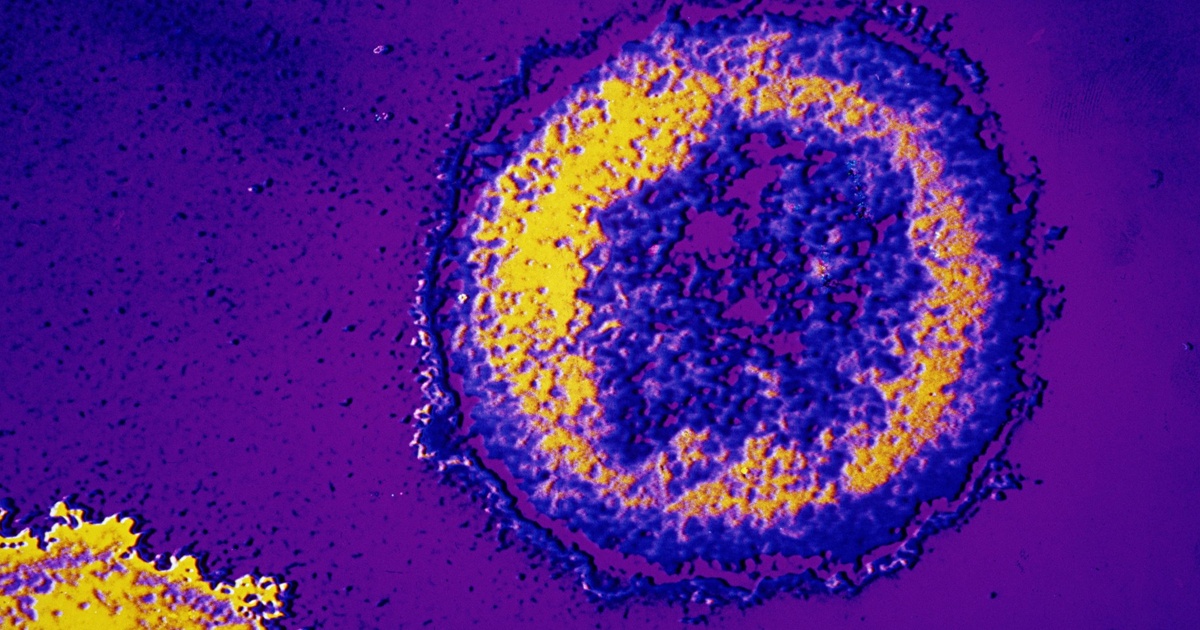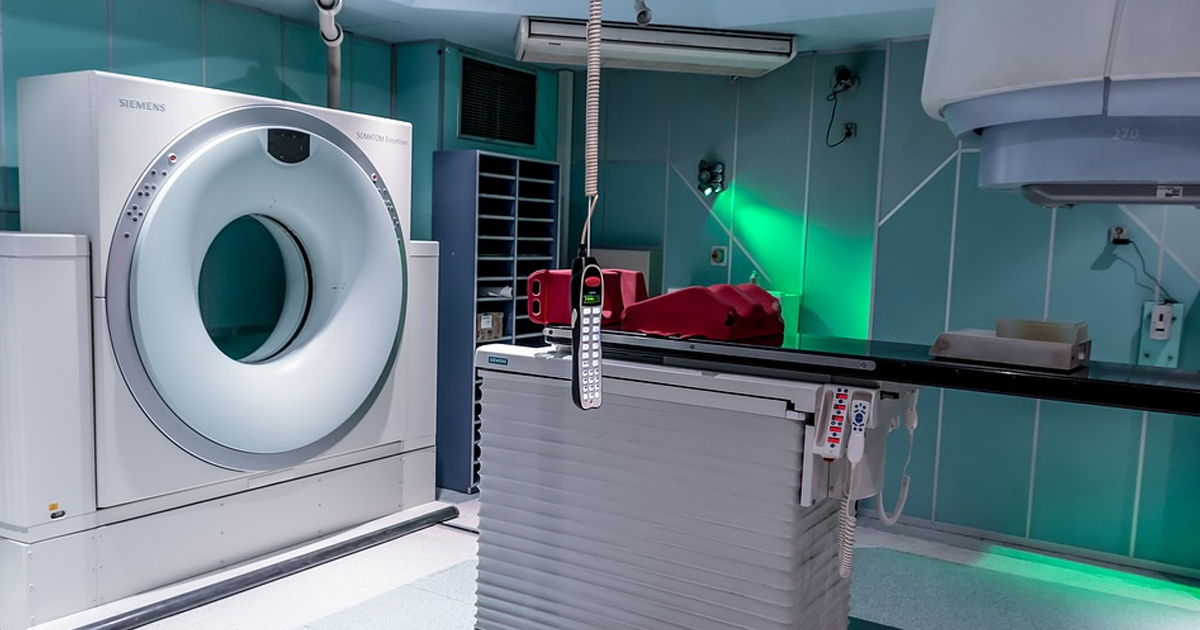The research was published in Applied Physics Letters.
This research was developed by the California Institute of Technology (Caltech), and the Beckman Research Institute at City of Hope, which explores the physical properties of the cells that make up the tumors and thus provide a new treatment. Although this new approach lies in its inset, scientists claim to have developed a low-intensity ultrasound technique that kills cancer cells without damaging healthy cells.
Reducing the intensity of ultrasound, manages to match the frequency with the target cells, according to their study they managed to separate several types of cancer cells without damaging healthy blood cells.
“Here, we test the hypothesis that biomechanical differences between cancerous and healthy cell types cause these cells to have different responses to LIPUS, allowing selective ablation of cancer cells with targeted ultrasound waveforms. This hypothesis is predicated on cancer cells' altered cellular/nuclear morphology, DNA content, nuclear-nucleolar volume ratios, cytoskeletal stiffness, and viscoelastic properties. In computational studies, these differences were predicted to result in the differential response of malignant cells to specific ultrasound parameters when compared to healthy cells.”

Through computational studies these differences were predicted for treatment to respond to malignant cells, depending on ultrasound parameters. A cell suspension model was used for them for preliminary testing.
You can consult the full study through the following link: https://aip.scitation.org/doi/10.1063/1.5128627





